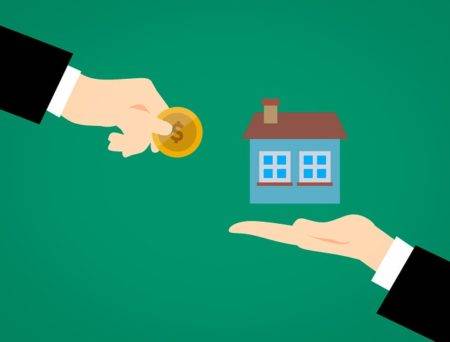Bridge loans help home buyers purchase another property before they sell their existing home. These short-term loans secure financing when buyers need it most by offering immediate cash flow.
With up to one year terms, bridge loans usually operate on interest and some form of collateral, such as real estate.
You’re looking to buy a new home, but first, you have to do the following:
It can be tough to find a new home when you feel like your old one is holding you back. This is especially true for fix and flippers. If your former fix-and-flip property hasn’t sold yet, don’t stress; there’s an easy solution: a Bridge Loan.
Bridge loans are temporary loans to bridge the gap between purchasing a new house and selling the old one.


Bridge loans are great for fix-and-flippers looking for a way to expedite the buying and selling process. By choosing this type of loan, you can secure your bid on a new property and have time to work out a more permanent financing solution.
Typically, bridge loans are a good choice for you if you have:
However, this may not be the best option for you if you are unable to qualify for owning two homes. Otherwise, bridge loans are a great way to get the financing you need fast.
The LTV (loan-to-value) ratio depends on your new mortgage risk. Lenders typically finance up to 80% of your property value.
Here are typical fees associated with bridge loans:
Say you have taken a bridge loan to finance your residential property, and you sell off your home before the loan term lapses. In this case, the lender may not need you to make the remaining payments after you sell the house. Instead, the lender may require you to make a balloon payment to close out the loan.
Balloon Payment – A large payment due at the end of a balloon loan, which is a short-term loan such as a bridge loan. Since these loans are short-term, only a portion of the principal loan balance is amortized over that small period of time. The remaining balance is due at the end of the term.
If you have any questions or concerns, simply call one of our bridge loan experts at Gauntlet Funding at 917-903-3331. Once your questions are answered, we can help you get started with financing.
To apply for a bridge loan, simply fill out our easy online application. Then, one of our hard money lending experts will contact you shortly.
Also relevant for this page: interim loans, interim borrowing, interim loan real estate, interim construction loan, interim financing, interim construction financing and interim construction loans